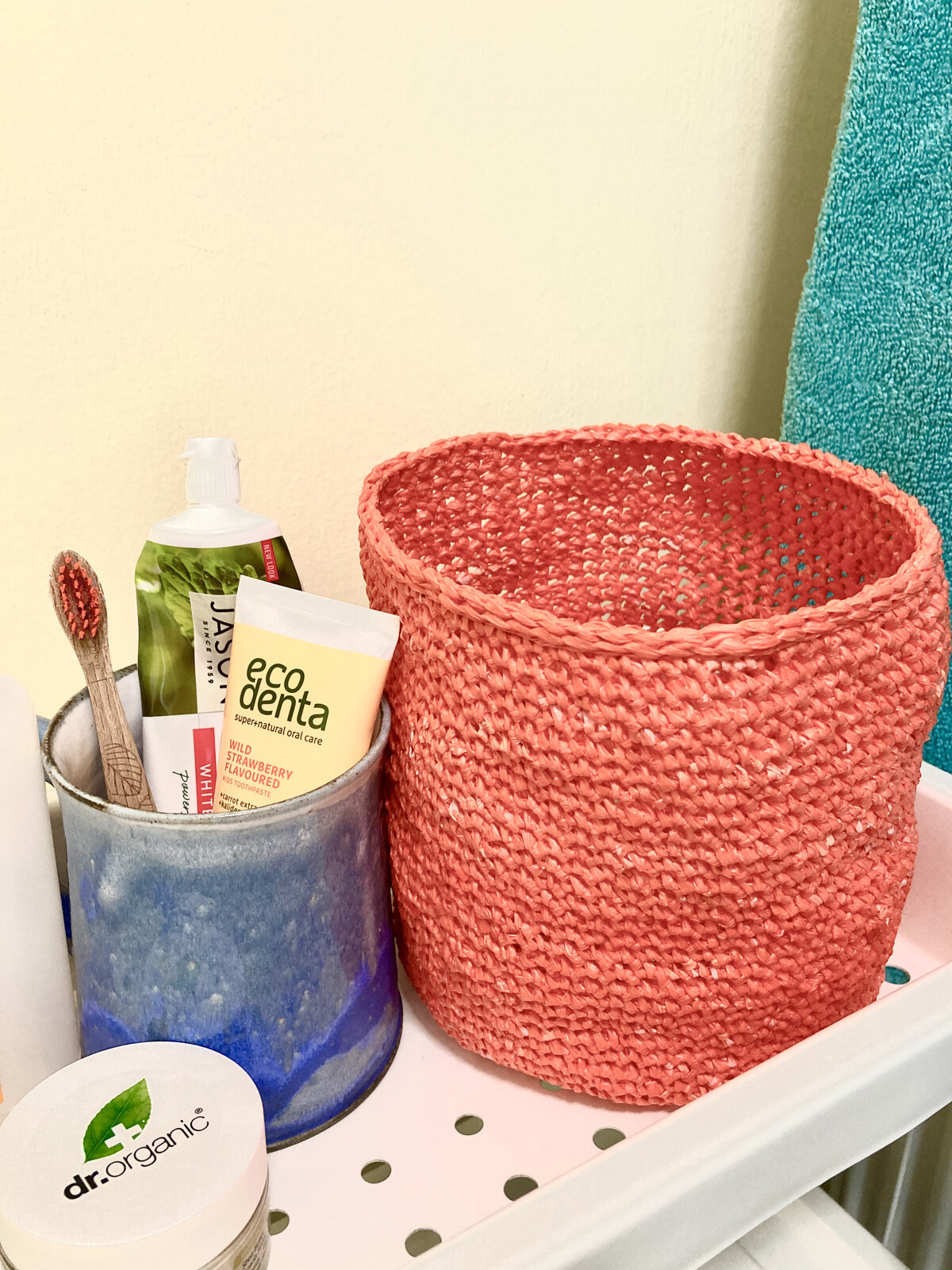So I have decided to start my own zero waste mission, or as close to zero as I can get. It’s all about throwing as little away as possible, especially plastic. I have always been thrifty and resourceful with what I consume but so many things we buy come wrapped in plastic and unnecessary packaging. I am going to make extra effort to cut out plastic at the source, at the point of purchase.
I want to think of ways to use things I no longer need, turn them into materials or components that can be made into something else. It’s like adding a ‘filter’ on your rubbish bin or recycling bin that means you look at waste differently and take that into consideration when you are buying anything new.
My zero waste journey needs to start with what I already have, looking at where the changes need to be made in my everyday life. As I go through my day I can identify where I am using the most plastic and try to find an alternative that is either made from sustainable, natural materials or from recycled plastic.
The first everyday plastic I want to look at is plastic shopping bags. I use tote bags but still have a bunch of old plastic bags that I couldn’t bring myself to throw away. I found this technique a while ago that makes a continuous strand from anything tubular like a t-shirt, sock or a plastic bag.
I have made a PDF that you can view below or download here:
I made another recycling bin from old Tesco bags which had a nice blue red and white colour scheme, always a winner. They were the thicker bags for life and were much easier to crochet with as it is a chunkier strand. This gives it a stronger structure as well and it feels more like a waste paper basket when finished. You can achieve different thicknesses when cutting out the strands by adjusting the width of the strand. This does however mean that you need more bags to cut up if you make the strips wider.
I feel immensely satisfied that I got rid of the bags that were cluttering up my cupboard and turned them into something useful (smug face and self five :D). If all goes to plan my new recycling bins will be empty most of the time.




